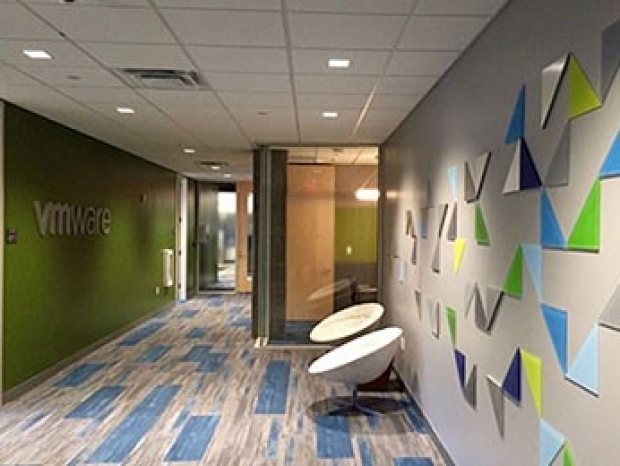Since Broadcom took over, there have been complaints from VMware’s channel partners that the outfit is no longer interested in them, and from customers who are worried about licensing and pricing.
Broadcom's recent declarations have done little to alleviate these concerns.Iit is evident that the company intends to streamline the product range and eliminate perpetual licenses for all VMware products, shifting to an exclusively subscription-based model. It appears to be concentrating its efforts on major enterprise clients, representing both a significant revenue source and an area with limited immediate alternatives. This focus has caused apprehension among smaller firms about the potential neglect of their requirements.
According to Computing customers using hyperconverged infrastructure (HCI) with VMware hypervisor on Nutanix might consider transitioning to Nutanix's own hypervisor, AHV, a move already made by two attendees of the Nutanix.The next event is in Barcelona. According to the company, 60-70 per cent of clients in similar circumstances are pursuing this route.
University of Canberra, associate director of vendor and operations Justin Mason said: "We count ourselves fortunate that we made the switch beforehand, and we're no longer using VMware. Other universities with substantial VMware setups are now consulting with us. They find themselves in quite a predicament."
The University of Canberra was an early adopter of the Nutanix HCI platform, initially deploying it atop VMware ESX and reducing its data centre from 40 racks to three. It also pioneered the use of Nutanix AHV hypervisor, commencing proofs-of-concept in 2017.
With its virtualised infrastructure underpinning mission-critical applications, the university's robust in-house IT team of 50, alongside 50 contracted Wipro engineers, harboured reservations about the prudence of adopting AHV. Nonetheless, the university could not justify the expense of maintaining both systems.
"VMware was incurring additional costs for us. It was hardly affordable then, and it's even more costly now," Mason remarked. "But we were fortunate at that time to be exploring the next technological advancement."
In some ways, it could have been a lot worse for Broadcom had Nutanix released AVH as a standalone product, as for many, replacing VMware ESX with an alternative hypervisor is not feasible.
Nutanix CEO, during a press briefing, said that it was not a priority before as previously, there was no real demand. Also, while the company claims that AHV offers functional parity with ESX, it lacks certification with the same range of hardware vendors and workloads.
However, since the Broadcom takeover, Nutanix has fast forwarded moves in that direction. Traditionally on Nutanix, storage and compute both run on the same underlying hardware, but soon it will be possible to run separate compute and storage nodes.
The .Next event saw an announcement of a deal with Dell to offer Nutanix Cloud Platform on Dell PowerFlex software-defined storage. There will also be Dell HCI appliance that features Nutanix Cloud Platform and Dell PowerEdge servers. The company hasn't announced a release date for the latter, but it is pencilled in for the end of this year.
Nutanix has also expanded its agreement with Cisco, with support for Cisco UCS servers to run AHV as compute-only nodes also planned.

